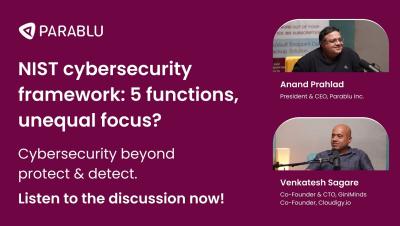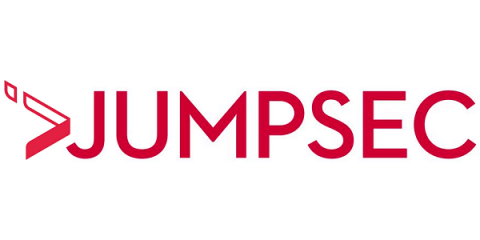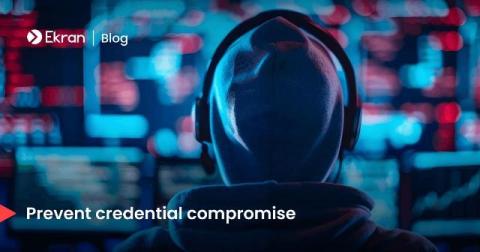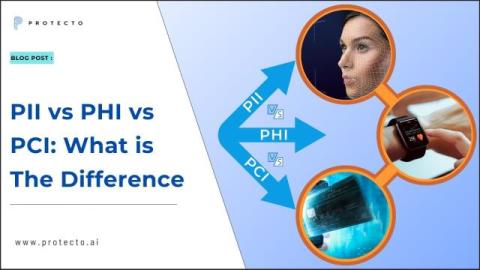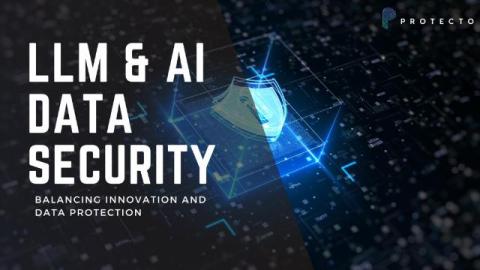Navigating the Future of SIEM Detections: Balancing Signature-Based and AI-Driven Approaches
In the early days of cybersecurity, implementing a Security Information and Event Management (SIEM) system was akin to constructing a house from scratch. The SIEM was a blank slate, and transforming raw data into actionable insights was a long and arduous journey. It began with the daunting task of ingesting data from various disparate sources and formats. From there, security teams had to craft detections — rules designed to identify malicious or suspicious activity.



